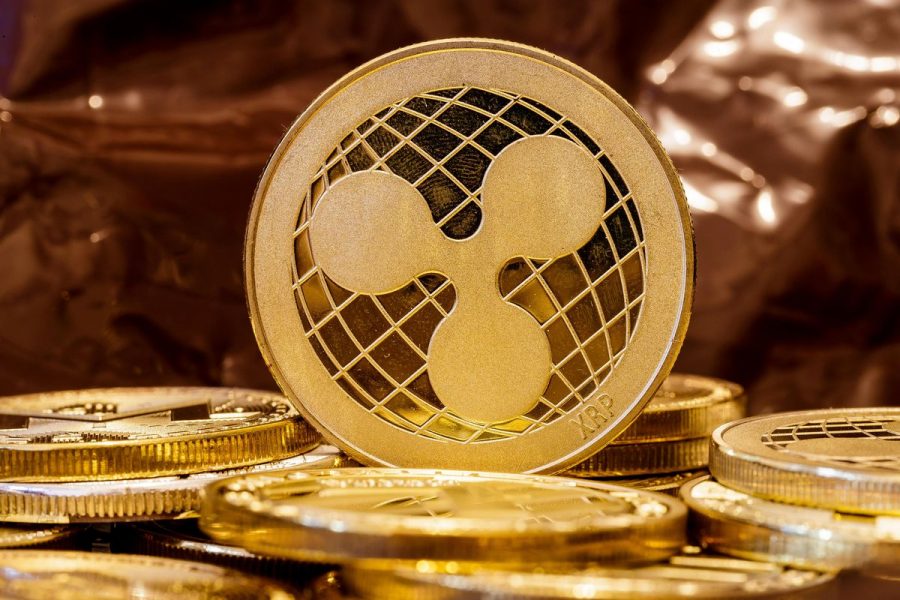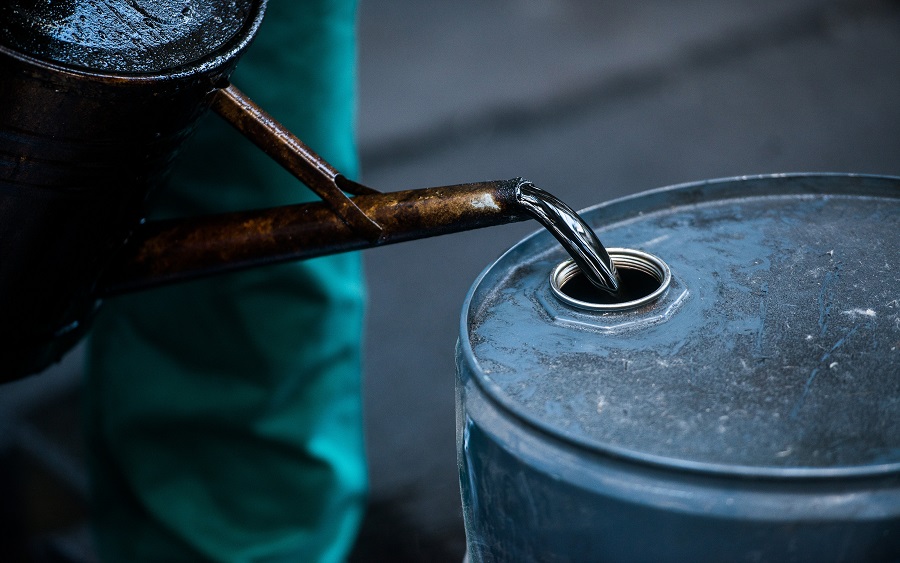Mexico has a problem: The Peso is getting stronger; according to the Los Angeles Times, the Mexican Peso is up 18% against the dollar in the 12 months ending September 2023.
It is a problem for Mexicans because Mexico is the second-highest receiver of $ remittances after India. According to the World Bank, remittances to Mexico have doubled to a record $58.5b, making it a whopping 4.32% of Mexico’s GDP.
Thus, a strong Peso means Mexicans abroad must increase the volume of $ remittances to Mexico. The President of Mexico has called the strong Peso the “Mexican Miracle.”
The Mexican Peso is getting stronger because the Mexican economy is getting more robust due to solid manufacturing growth in Mexico.
This manufacturing growth has been driven by onshoring, essential American firms bringing their supply chain close to America from Asia, and Asian manufacturers seeking to take advantage of Mexico’s closeness to the largest market in the world, America.
What are the currency dynamics?
The Mexican Peso has been free floated since 1994, and every currency exchange value reacts to the local economy; more local manufacturing and jobs are creating demand for the Mexican Peso to fund imports FROM Mexico.
The other downside of the “Mexican miracle” is that exports from Mexico have become more expensive and thus struggle to compete with Asian exports.
A strong Peso also make imports to Mexico cheaper and exports more expensive, meaning Mexicans can afford more imports and Mexican exports become costly.
Lessons?
The Nigerian economy must attract export orders and earnings by becoming a low-cost global supplier. To become an exporting nation means the economy must build infrastructure, become productive, and create local jobs built around exporting.
A model already exists: the Chinese “leased” their coasts to foreigners to build factories to manufacture and “import” into China.
Ethiopia has adopted this model; the government has constructed about ten huge industrial parks nationwide.
These parks have all the infrastructure necessary for manufacturing, including immigration, plus logistical connections to ports for export.
Notable incentives include a total exemption from customs duty for spare parts and exporters. Manufacturers who export 80% of their products can also be entitled to additional years of income tax exemption.
Just like China, Mexico and Ethiopia have built a local economy that creates jobs around local manufacturing and exports of finished goods, earning foreign currency for their nations.
In Nigeria’s case, if there is no cheap local power supply, how do local companies export cheaper than China? Or Ethiopia?
Nigeria must decide what economic direction it wants to take. Still, any decision will be built on the back of a functional infrastructure and policies that can support local job creation. Stop focusing on the exchange rate and fix the infrastructure.
But exports need infrastructure






















Good article, I support the drift. But I would add that Nigeria has begun the journey Mexico, China and Ethiopia started. We always need to balance the narrative so that we dont miss out on whats already unfolding. How?
– Lekki seaport has doubled sea port capacity. IE Lekki alone is bigger than Apapa + Warri + Onne + Calabar combined. It makes Nigeria a trashipment port.
– New Trains to Itakpe, Kaduna, Ibadan, Abeokuta, Kaduna and Kano (And Aba) = Access to Nigeria’s industrial hubs.
– Escravos II gas pipleline from Niger delta to Lagos and Ogun doubling gas supply to industrial centres in the South West. This has already been done and operational.
– AKK pipeline from Nigeri delta to Kogi, Abuja, Kaduna and kano- to take power to Northern hubs. This is coming in December
– Refining capacity x 3 of the national consumption almost in place.
– 18,000 MW of power (according to PwC research) which includes TCN and non TCN connected power (Eg gas, solar, etc).
The early budding results:
almost 400% increase in Non oil exports from 1.1 billion to over 5 billion. Imagine another 400% and another 400% by 2040.
Over 1,000 Asian manufacturing companies have moved to Nigeria from China and India (According to Financial times). Lekki has over 200 of these companies.
These and much more indicate that Nigeria’s journey to productivity began. The pains are still plenty because it is a budding phase, but in agreement to your article, let’s take our eyes of exchange rate, put our heads down and build.
Actually if we go back thirty years to India, China etc we will see similar, painful years, era of poor quality and ineffeiciency, etc. But they stayed focused and reap today.